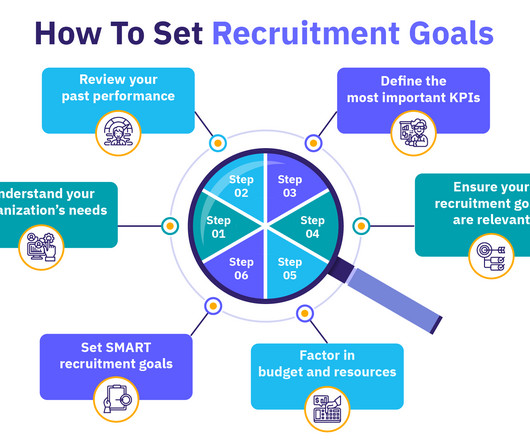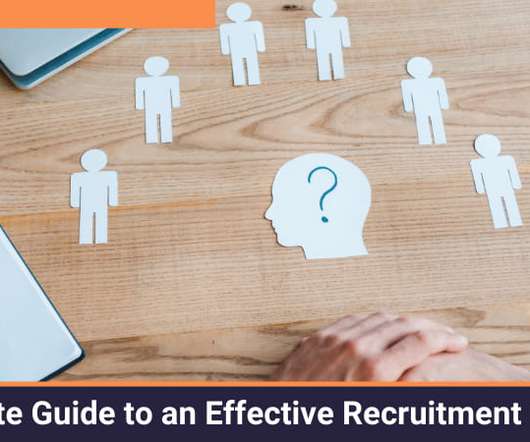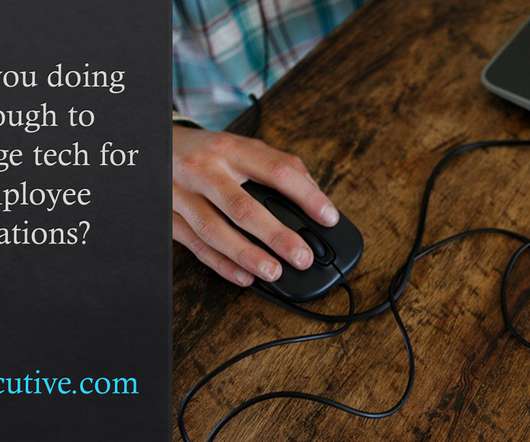50 Remote Hiring Tools for Faster, Smarter, and Bias-Free Recruiting in 2025
Peoplebox
FEBRUARY 28, 2025
Remote hiring sounds like the perfect solution for accessing a global talent pool, but it comes with its own set of challenges. And lets not forget the logistical hurdlestime zones, virtual interviews, and remote onboarding can all add friction to the hiring process. How do you screen virtual candidates effectively?























































Let's personalize your content